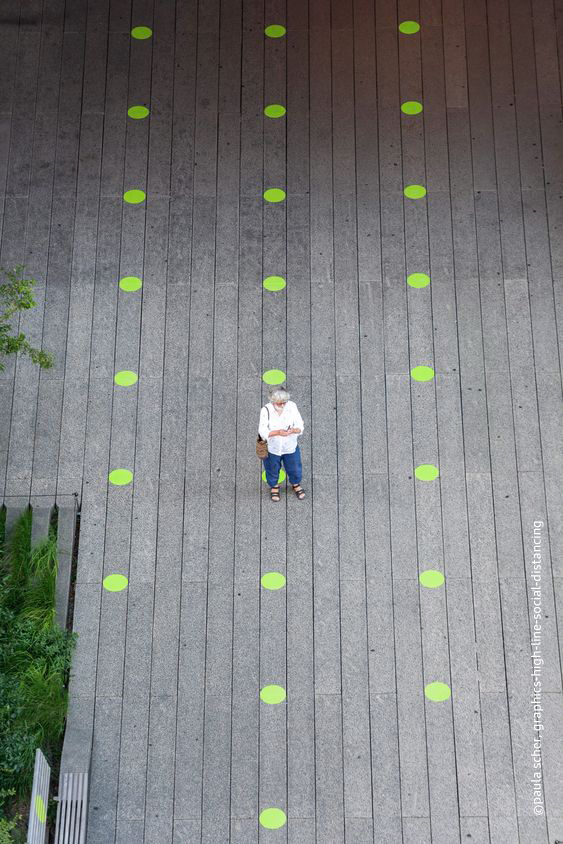
Will the crisis lead to
widespread behavioural changes
in how we interact with places in
the long term?
The paper aims at the impact of Covid-19 on our behaviour in public space. Its goal is to examine the arising questions at the intersection of COVID-19 and public space, starting with the hypothesis that the pandemic may fundamentally alter how we use and understand the character of public space. The focus on public space is worked out by referring to common key concepts of accessibility, interaction and density. These key points are placed in the current context of the pandemic. Reflecting on correlations, questions arise as to whether the previous understanding is in line with the current situation or contradicts it. Will the pandemic teach us new lessons to incorporate into our public space designs? The theoretical discussion is followed by a research design proposal. The aim is to work on the assumptions in detail, by means of a research project. The conclusion argues for the necessity of reflecting and argues that we have to rethink the understanding and use of public space.
Credits:
Cesrin Schneider
Betreuerinnen:
Prof. Dr. Monika Grubbauer
Nina Fraeser
Zeitraum:
08/2020
Kontextbezogene Literatur:
Eberle, D. (ed.) (2015): Dichte Atmosphäre: Über die bauliche Dichte und ihre Bedingungen in der mitteleuropäischen Stadt. Basel, Birkhäuser.
Kempler, C. & JH Bloomberg School of Public Health (2020): Urban Density Not Linked to Higher Coronavirus
Infection Rates – and Is Linked to Lower COVID-19 Death Rates. Johns Hopkins Bloomberg School of Public Health. https://www.jhsph.edu/news/news-releases/2020/urban-density-not-linked-to-higher-coronavirus-infection-rates-and-is-linked-to-lower-covid-19-death-rates.html [last accessed 03/29/2021].
Levenson, M., Parker-pope, T. & Gorman, J. (2020) : What We Know About Your Chances of Catching the Virus
Outdoors. The New York Times. https://www.nytimes.com/2020/05/21/learning/lesson-of-the-day-what-we-know-about-your-chances-of-catching-the-virus-outdoors.html [last accessed 03/29/2021].
Mitchell, D. (1995): The End of Public Space? People’s Park, Definitions of the Public, and Democracy. Annals of the Association of American Geographers, Vol. 85(1): pp.108-133.
Sandercock, L. (2000): When Strangers Become Neighbours: Managing Cities of Difference. Planning Theory & Practice, Vol. 1(1): pp. 13-30.
